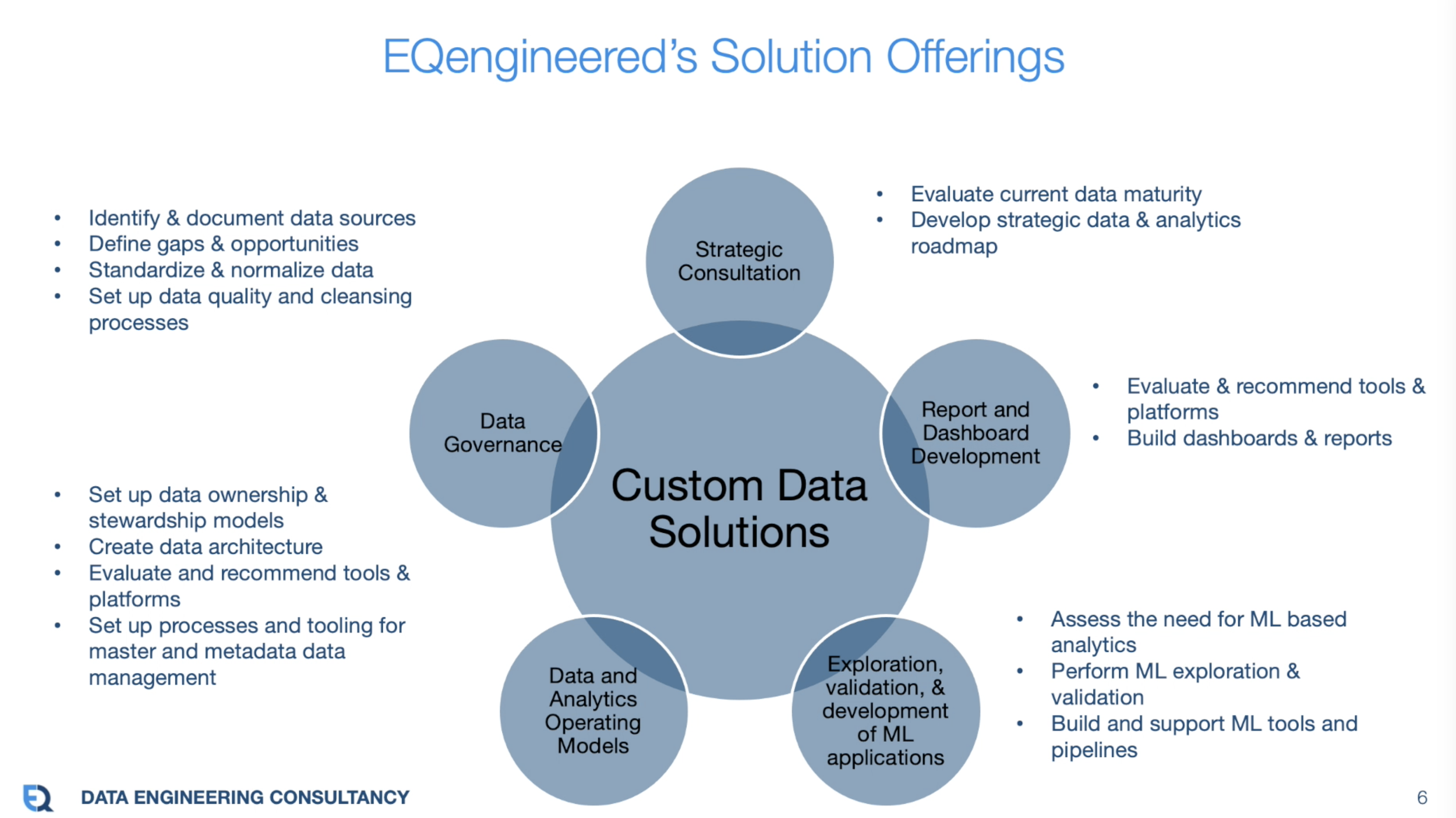Key Enterprise Digital Transformation & Modernization Pain Point: Data Readiness by Mark Hewitt
A key enterprise pain point related to digital transformation and modernization is data readiness and where to get started. Essential tasks aimed at preparing data infrastructure, tools, and processes to effectively manage, process, and analyze data include:
Data Infrastructure Setup. Establish robust data infrastructure including databases, data warehouses, data lakes, and necessary hardware or cloud resources.
Data Collection and Ingestion. Develop pipelines for collecting and ingesting data from various sources such as databases, APIs, logs, files, and streaming platforms.
Data Quality Assurance. Implement processes for data validation, cleansing, and normalization to ensure data quality and consistency.
Data Storage and Management. Design data storage solutions that are scalable, secure, and optimized for performance, considering factors like storage formats, partitioning, indexing, and compression.
Data Transformation and ETL. Develop Extract, Transform, Load (ETL) processes for transforming raw data into a usable format, applying business logic, aggregations, and data enrichment as necessary.
Data Governance and Security. Define data governance policies, access controls, encryption methods, and auditing mechanisms to ensure data security, compliance, and privacy.
Data Pipeline Orchestration. Implement workflow orchestration tools or frameworks to schedule, monitor, and manage data pipelines efficiently.
Monitoring and Alerting. Set up monitoring tools and alerts to detect issues such as data pipeline failures, performance bottlenecks, or anomalies in data quality.
Scalability and Performance Optimization. Continuously optimize data processing pipelines, databases, and storage systems for scalability, performance, and cost-efficiency.
Documentation and Collaboration. Maintain comprehensive documentation for data pipelines, schemas, and processes to facilitate collaboration among data engineers, data scientists, and other stakeholders, including the business.
Version Control and Deployment. Utilize version control systems to manage code and configurations for data pipelines and implement robust deployment strategies to promote changes across environments.
Disaster Recovery and Backup. Implement disaster recovery plans and backup strategies to ensure data availability and minimize the risk of data loss in case of failures or disasters.
Team Training and Skill Development. Provide training and resources to enhance the skills of data engineering and technical teams, keeping them updated with the latest tools, technologies, and best practices.
Performance Monitoring and Optimization. Continuously monitor and optimize the performance of data processing workflows, identifying and addressing bottlenecks or inefficiencies.
Adoption of Data Engineering Best Practices. Stay updated with industry best practices, standards, and emerging technologies in data engineering to drive innovation and improve efficiency.
A data-ready enterprise organization achieves enhanced decision-making capabilities, operational efficiency, and innovation through optimized data utilization across all levels of the business. These capabilities may also lead to new and innovative products or services.
If you are interested in accelerating your enterprise data engineering journey, EQengineered can help. Our Data Engineering Catalyst Solution Offering provides expert consulting guidance and collaborative results following our Model-Coach-Care delivery model. Please reach out to me directly at mark@EQengineered.com if interested in discussing how we can assist you and your team achieve the needed data engineering, technical and business outcomes.


